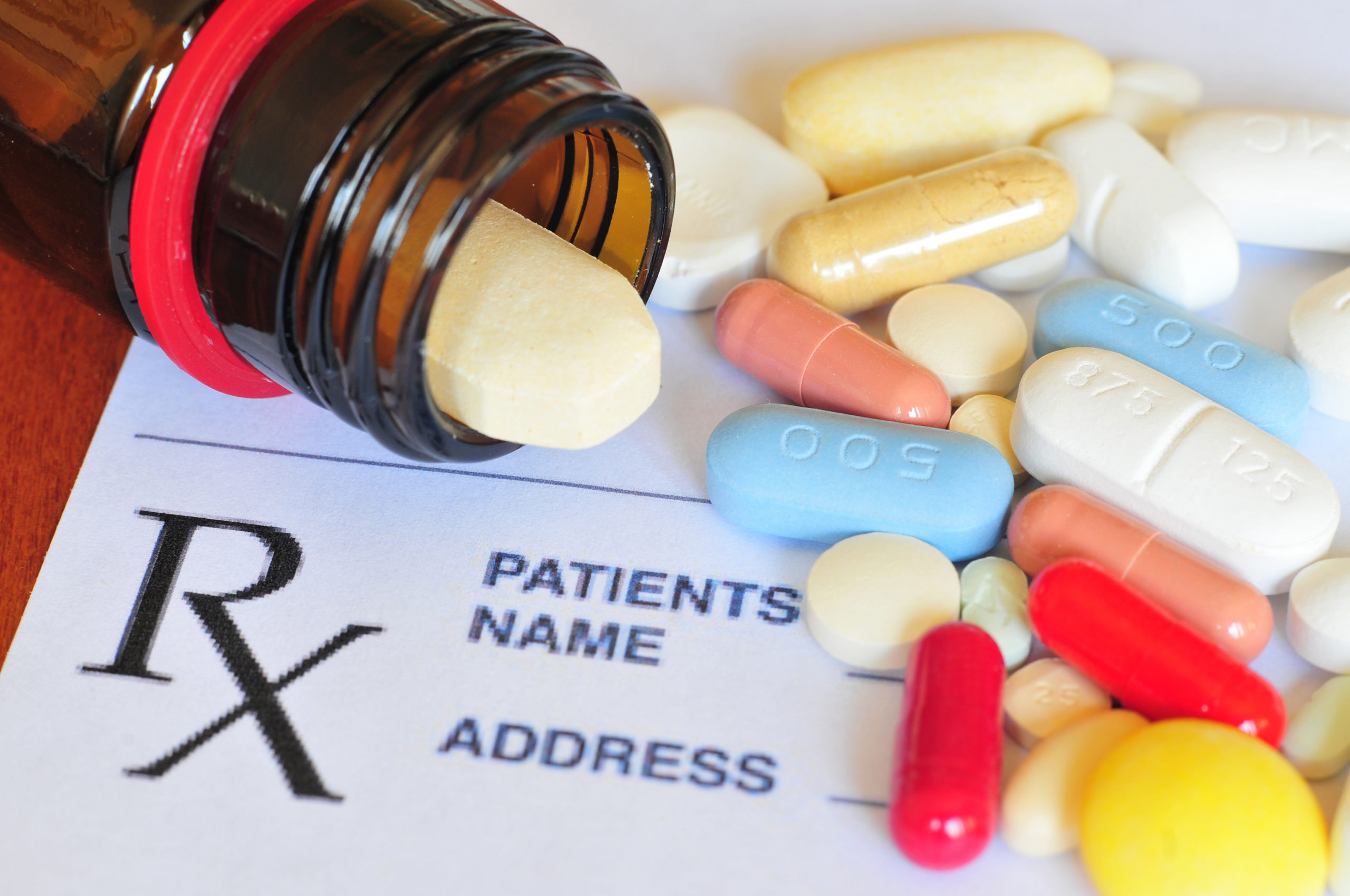According to the CDC, prescription painkiller abuse is one of the fastest and most fatal prescription overdoses. In fact, in 2010, 18 women died every day, and every three minutes a woman was admitted to the ER for prescription painkiller misuse or abuse. These dangerous statistics lead to a more detailed look at how opioid prescriptions are being administered and how their abuse can impact individuals. Because of the danger of these drugs, it is essential to understand the signs of a prescription painkiller addiction.
At Indah Recovery, we believe that our clients deserve the best personalized and individualized treatment for their rehabilitative care. Contact us today to see how we work with individuals to combat prescription painkiller addiction.
What are prescription painkillers?
Prescription painkillers are medications prescribed to you by a doctor to manage pain. These medications are often opioids like morphine, codeine, and oxycodone. These medications can cause individuals to have slowed or shallow breathing, sleep disturbances, extreme changes in mood and behavior, and weight gain. The symptoms can vary and be extreme depending on the specific drug taken.
Why are prescription painkillers commonly abused?
Prescription painkillers are commonly abused because of how they work in the body. These pain medications block the pain receptors, which signal the brain that the pain is gone. This triggers the reward receptors because of the influx of dopamine from the pain relief. Your body is telling itself that you did a good thing by taking the medication to make the pain stop. If this is continued for long periods, the body can begin to need the medication to function, leading to misuse.
Misuse of a prescription pain medication happens any time a prescription is not taken as indicated by the label on the bottle. This can include taking more than prescribed, more frequently, altering how the pill is taken by crushing or dissolving it, and even taking the medication in unsafe conditions like with alcohol or other drugs.
Misuse can quickly become abuse because of the unsafe conditions the medication is taken in. Through this process, individuals develop a dependence and tolerance for the drug. This means that individuals will need to take the medication to feel better and will eventually need to take more of the medication to feel the same effects. Individuals will start to spend more time focusing on the medication and how to get it.
If you are noticing these signs, they are actually symptoms of opioid addiction.
How to Treat an Opioid Addiction
Individuals who have developed an opioid addiction must seek treatment. Through this process, individuals will go through several stages; detoxification, rehabilitation, and recovery.
When an individual first makes the decision to stop using opioids, or the decision is made for them, they must undergo withdrawal from the drug. This process is called detoxification and can take 4-14 days for individuals to be symptom-free. Individuals who are addicted to opioids might experience the following symptoms:
- Irritability
- Anxiety
- Muscle aches
- Insomnia
- Runny nose
- Sweating
- Stomach Pain
- Diarrhea
- Nausea and vomiting
While these symptoms are often not life-threatening, they can be difficult to manage independently. Individuals going through withdrawal should be medically monitored through the process to ensure personal safety and health.
The second stage of the process is rehabilitation. Individuals go through opioid addiction rehabilitation by attending treatment designed to support and alter their negative habits. Individuals can learn relapse prevention strategies, coping skills, and self-management plans through therapy and specially designed treatments.
The final stage of the opioid addiction treatment process is recovery. Individuals who have completed an addiction treatment program can implement the strategies learned and use them in real-world situations. Those in recovery still attend regular treatment programs and work to maintain their sobriety daily.
Prescription Painkiller Rehab in Orange County, CA
At Indah Recovery, we work with individuals to create a holistic program to treat their opioid use disorder. This type of individualized and private programming is designed by medical professionals who are compassionate and committed to your care.
Here at Indah Recovery, we pride ourselves on being a treatment center that feels like home. We want our clients to be comfortable and safe while making the transition to a sober lifestyle. We believe in the importance of luxury amenities and specialized treatment.
Contact Indah Recovery today to see how we can help you recover today.






